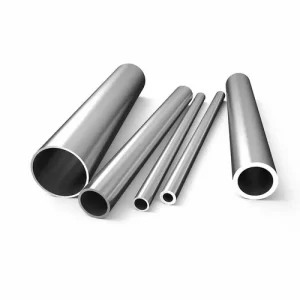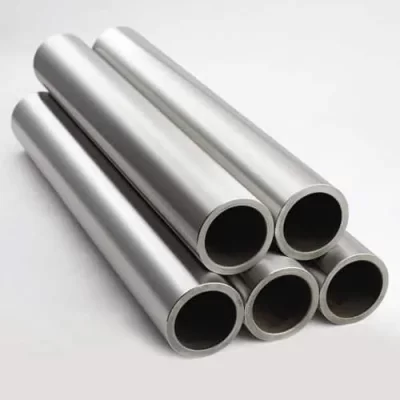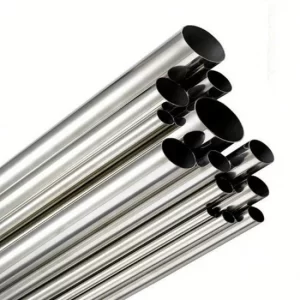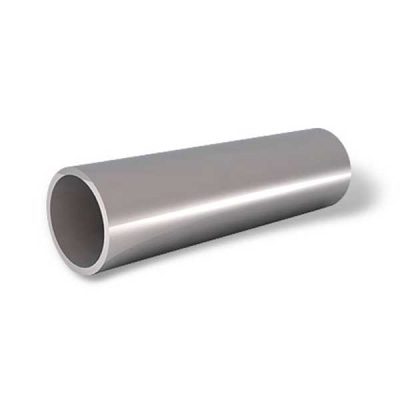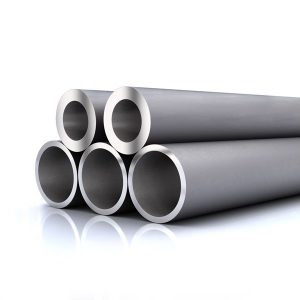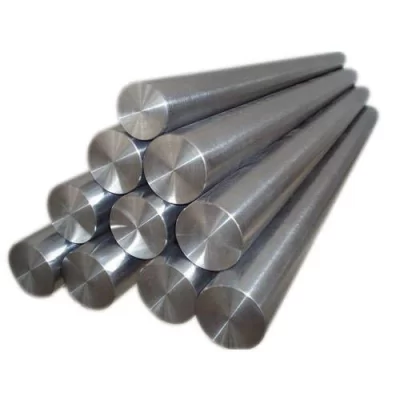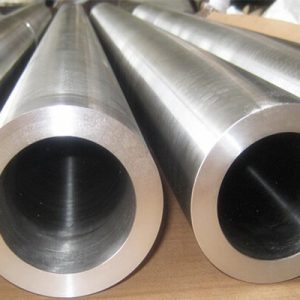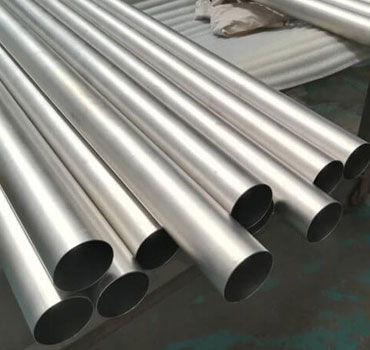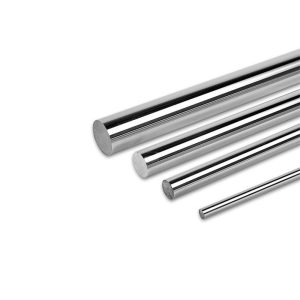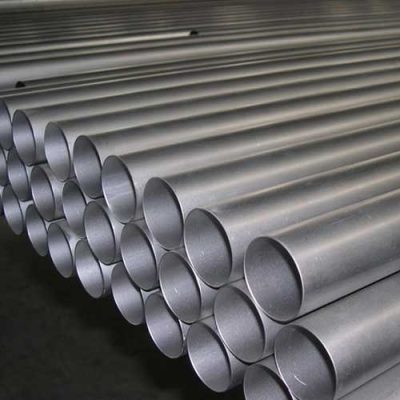Showing all 7 results
-
Hastelloy B2
Alloy B-2 / UNS N10665 / W.Nr. 2.4617
Alloy B-2 is a solid solution strengthened, nickel-molybdenum alloy typically used in extreme reducing conditions. Alloy B-2 has significantly lower carbon, silicon and iron compared to the predecessor, alloy B (UNS N10001). Compared to alloy B, alloy B-2 is less susceptible to weld zone corrosion in the as-welded condition. Controlling other alloying elements such as iron and chromium resolved potential issues with forming and shaping. Stringent chemistry control in the production of alloy B-2 allows the alloy to be used in the welded condition, and it is less susceptible to stress corrosion cracking under many conditions. Care must be taken in selecting the right alloy for the desired application. Alloy B-2 should not be used at temperatures between 1000°F and 1600°F as the alloy forms secondary phases that could decrease the ductility of the material.
-
Hastelloy C
Hastelloy C is a nickel-molybdenum-chromium superalloy with an addition of tungsten designed to have excellent corrosion resistance in a wide range of severe environments. The high nickel and molybdenum contents make the nickel steel alloy especially resistant to pitting and crevice corrosion in reducing environments while chromium conveys resistance to oxidizing media. The low carbon content minimizes carbide precipitation during welding to maintain corrosion resistance in as-welded structures. This nickel alloy is resistant to the formation of grain boundary precipitates in the weld heat-affected zone, thus making it suitable for most chemical process application in an as welded condition.
-
Hastelloy C-276
Alloy C-276 is a nickel-chromium-molybdenum alloy with universal corrosion resistance unmatched by any other alloy. C-276 is also known as Inconel® C-276 or Hastelloy® C-276 and is an improved wrought version of alloy C in that it usually doesn’t need to be solution heat-treated after welding and has vastly improved fabricability. This alloy is resistant to the formation of grain boundary precipitates, specifically in the weld-heat affected zone. This attribute makes Alloy C-276 suitable for use in the as-welded condition.
Alloy C-276 has excellent resistance to both localized corrosion and oxidizing or reducing media. Because of its versatility, alloy C-276 can be used where corrosive conditions are likely to occur or in multipurpose plants. Alloy C-276’s native corrosion resistant properties extend to a wide variety of chemical process environments, including strong oxidizers such as ferric and cupric chlorides, hot contaminated media (organic and inorganic), chlorine, formic and acetic acids, acetic anhydride, and seawater and brine solutions. It is used in flue gas desulfurization systems because of its excellent resistance to sulfur compounds and chloride ions encountered in most scrubbers. Alloy C-276 has excellent resistance to pitting, stress-corrosion cracking, and oxidizing atmospheres up to 1900 °F (1038 °C). It is also one of the few materials that withstands the corrosive effects of wet chlorine gas, hypochlorite and chlorine dioxide.
-
Hastelloy C22
Hastelloy C is a nickel-molybdenum-chromium superalloy with an addition of tungsten designed to have excellent corrosion resistance in a wide range of severe environments. The high nickel and molybdenum contents make the nickel steel alloy especially resistant to pitting and crevice corrosion in reducing environments while chromium conveys resistance to oxidizing media. The low carbon content minimizes carbide precipitation during welding to maintain corrosion resistance in as-welded structures. This nickel alloy is resistant to the formation of grain boundary precipitates in the weld heat-affected zone, thus making it suitable for most chemical process application in an as welded condition.
-
Hastelloy C4
Hastelloy C is a nickel-molybdenum-chromium superalloy with an addition of tungsten designed to have excellent corrosion resistance in a wide range of severe environments. The high nickel and molybdenum contents make the nickel steel alloy especially resistant to pitting and crevice corrosion in reducing environments while chromium conveys resistance to oxidizing media. The low carbon content minimizes carbide precipitation during welding to maintain corrosion resistance in as-welded structures. This nickel alloy is resistant to the formation of grain boundary precipitates in the weld heat-affected zone, thus making it suitable for most chemical process application in an as welded condition.
-
Hastelloy X
Heat Resistant (UNS N06002)
HASTELLOY X is a wrought nickel base alloy with excellent high temperature strength and oxidation resistance. All of the product forms are excellent in terms of forming and welding. Although HASTELLOY X is primarily noted for heat and oxidation resistance it also has good resistance to chloride stress-corrosion cracking and has good resistance to carburization, excellent resistance to reducing or carburizing atmospheres. Alloy X is one of the most widely used nickel base superalloys for gas turbine engine components.
AMS 5754 has no yield or tensile strength requirements, but it does require a hardness maximum and stress rupture minimums. Strong and Oxidation Resistant to 2200 Deg. F (1200 Deg. C) – HASTELLOY X is a solid solution strengthened grade has good strength and oxidation resistance up to 2200 Deg. F (1200 Deg. C).

